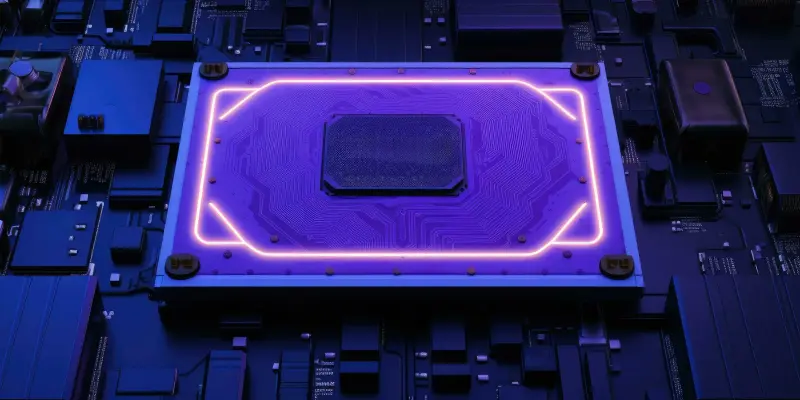The technological landscape often shifts abruptly, but Intel’s dedication to continuous innovation in graphics processing has remained steadfast. Recent developments regarding Intel’s Celestial GPUs, particularly those incorporating the Xe3-based discrete architecture, demonstrate this commitment. Contrary to circulating rumors suggesting the discontinuation of these advanced graphics units, new evidence reveals that Intel is not only persisting in its Celestial GPU project but is making remarkable progress. The design phase has been successfully completed, and the project has entered the Pre-Silicon Validation stage. This pivotal step enables Original Equipment Manufacturers (OEMs) and Independent BIOS Vendors (IBVs) to initiate rigorous testing through sophisticated cloud-based simulation tools, which replicate the functions of physical GPUs. As this technology undergoes simulation and evaluation, it positions Intel as a formidable player in the competitive graphics market.
Key Milestones in Celestial GPU Development
The completion of critical components such as Xe cores, XMX matrix engines, and Ray Tracing units signifies a significant leap in Intel’s GPU development journey. These elements form the backbone of the Celestial GPUs, allowing them to deliver superior performance and graphical fidelity. The provision of low-level software specifically tailored for these GPUs further underscores Intel’s advances. This software is crucial for initiating comprehensive testing and ensuring compatibility with intended applications. Following the Pre-Silicon Validation stage, Intel will transition to the tape-out phase, which marks the commencement of the physical production of these chips. Leaked information suggests that the GPUs may feature the innovative Xe3P architecture along with GDDR7 memory, pointing to cutting-edge technological enhancements that could redefine graphic performance standards.
Intel’s Strategic Momentum and Future Prospects
Intel’s rapid progression through critical development phases highlights its momentum and clear strategic intent within the GPU industry. Insider information and leaks shedding light on current projects effectively dispel rumors of possible cancellations, underscoring a coherent strategy aimed at launching the Celestial GPUs. This initiative strengthens Intel’s market position, as anticipation builds within the tech community for their formal unveiling and application. With the completion of Pre-Silicon Validation and the imminent start of physical production, Intel is ready to unveil these cutting-edge GPUs soon, poised to transform user experiences with significant graphical advancements.
In essence, the trajectory of Intel’s Celestial GPUs not only negates cancellation rumors but also paves the way for groundbreaking innovation. As development advances and production begins, these GPUs are set to redefine the graphics processing field. Intel’s innovative approach underscores the importance of resilience and strategic planning, emphasizing how crucial these elements are for overcoming technological challenges and broadening capabilities within a dynamic market.

